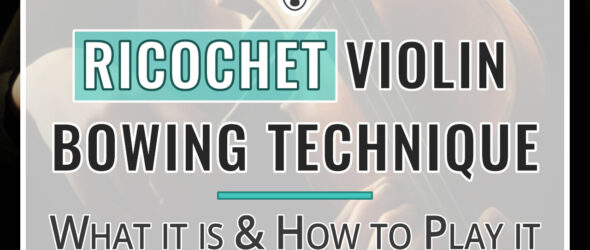
Learn about the ricochet violin bow stroke, examples in the violin repertoire, and exercises you can practice to master this articulation.
Have you ever heard of the bow stroke, “ricochet”? It’s an articulation found in advanced violin and orchestra music. While it can feel difficult to learn, it’s a fun stroke to both play and watch!
Read on to learn how to play this bow stroke, hear examples in the violin repertoire, and access exercises for your own practice needs.
What is the ricochet bow stroke?
Ricochet is an off-the-string bow stroke where the bow is thrown onto the string and naturally rebounds to play extra notes on the string.
Ricochet is usually played on a down bow, with anywhere from 4 to 12 notes in one bow direction. This stroke is sometimes called “jeté” (also spelled “jeter”) but the latter can be defined as a separate technique with more controlled bounces.
Ricochet is used more in orchestra music than it is in solo violin music, but because of its difficulty to control, it’s sometimes found in showy violin works. It’s a very impressive technique to watch!
Ricochet Notation in Sheet Music

Ricochet is usually written in sheet music as a group of quick staccato notes under a slur. The notes are almost always marked down bow since the stroke works better in that direction than on an up bow.
It’s sometimes difficult to determine what off-the-string bow stroke to use in a given passage. If the notes are very fast, and if it’s marked down bow or even says “ricochet”, then you’re safe to assume that ricochet is the desired effect.
Examples of Ricochet in Violin Repertoire
While ricochet is more common in orchestra music than in solo violin music, there are still some fabulous, impressive examples of this technique found in our violin repertoire, so make sure to watch the videos below.
Paganini Caprice No. 5
Paganini’s Violin Caprice No. 5 starts with very fast, slurred notes, but then moves to a ricochet stroke around 30 seconds in. The violinist, Augustin Hadelich, plays a ricochet on both down and up bows!
Paganini Caprice No. 1
Paganini’s first violin caprice is full of ricochet! How tiring (both physically and mentally) must it be to play this stroke for so long?! It creates a short, almost popcorn-like effect for these quick notes.
Mendelssohn Violin Concerto
Mendelssohn’s Violin Concerto includes a ricochet at the end of the violin cadenza. This stroke happens across all four strings.
How to Play Ricochet on the Violin
- Practice the throw onto a string
Throw the bow onto the string with your wrist, and plan to play a down bow. The bow will play one note, then fly back into the air again.
Let it continue this way, moving the bow through a downbow stroke. Lift the bow entirely off the string or change directions when you’ve played the desired number of notes.
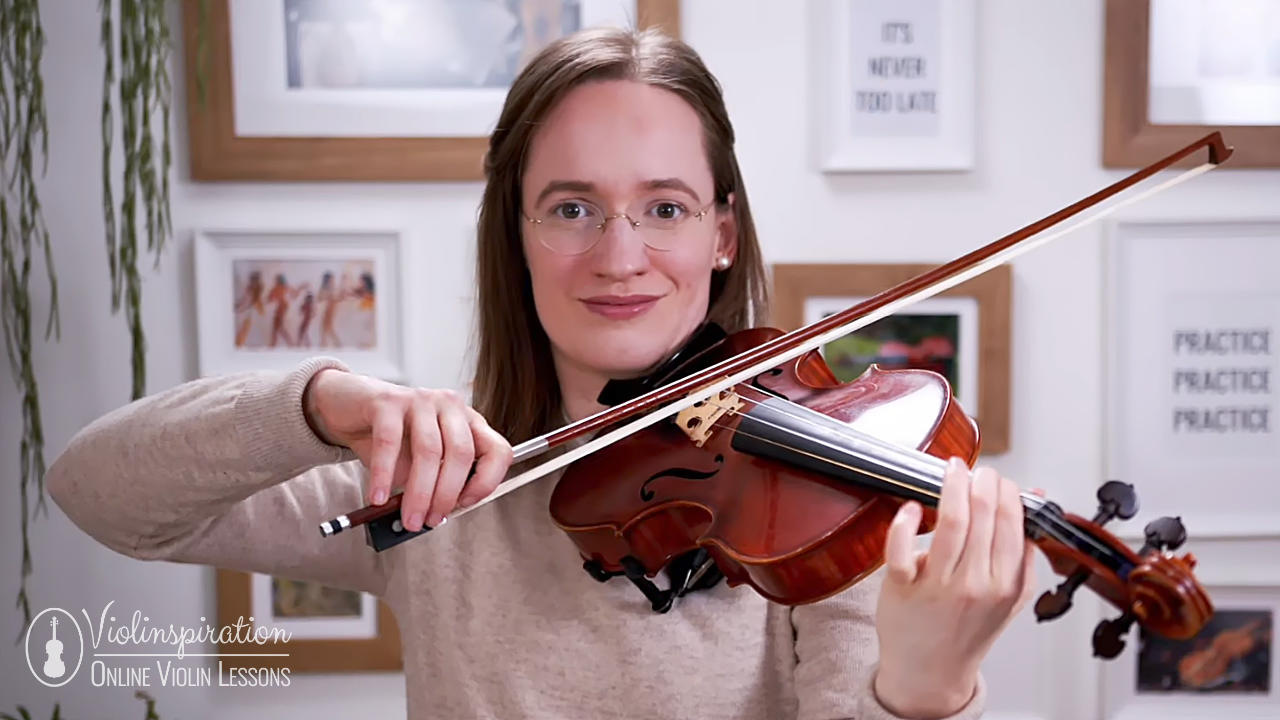
- Make the notes sound even
Keep the bow hair flat (with the bow stick facing straight up) to help the ricochet notes sound even. Let the bow bounce naturally; controlling it and trying to force it to do exactly what you want hardly ever produces the desired effect.
- Maintain a good contact point
A good contact point helps too: keep the bow about halfway between the bridge and the end of the fingerboard to achieve a quality sound.
- Choose the upper or lower half of the bow depending on the desired speed
For very fast notes, plan to play in the upper half of the bow. For slower ricochet sections, play in the middle of the bow. The different weight and distance from your right hand change the speed at which the bow bounces off the string.
- Control your right arm
If the ricochet notes are all on one string, keep your upper right arm still, but not stiff. If the notes go through all four strings (imagine arpeggios going across the violin strings in one hand position), you can move your upper arm somewhat like a wing. This specific variation of the stroke doesn’t require wrist movement, since the bow will bounce on one string once, then rebound on the next string naturally, with your arm movement.
👉 If you’d like to get feedback on your ricochet stroke, make sure to submit your video via this form (Julia’s Violin Academy members only).
Ricochet Exercises
I’m excited to share two different exercises you can practice to feel confident in your ricochet technique:
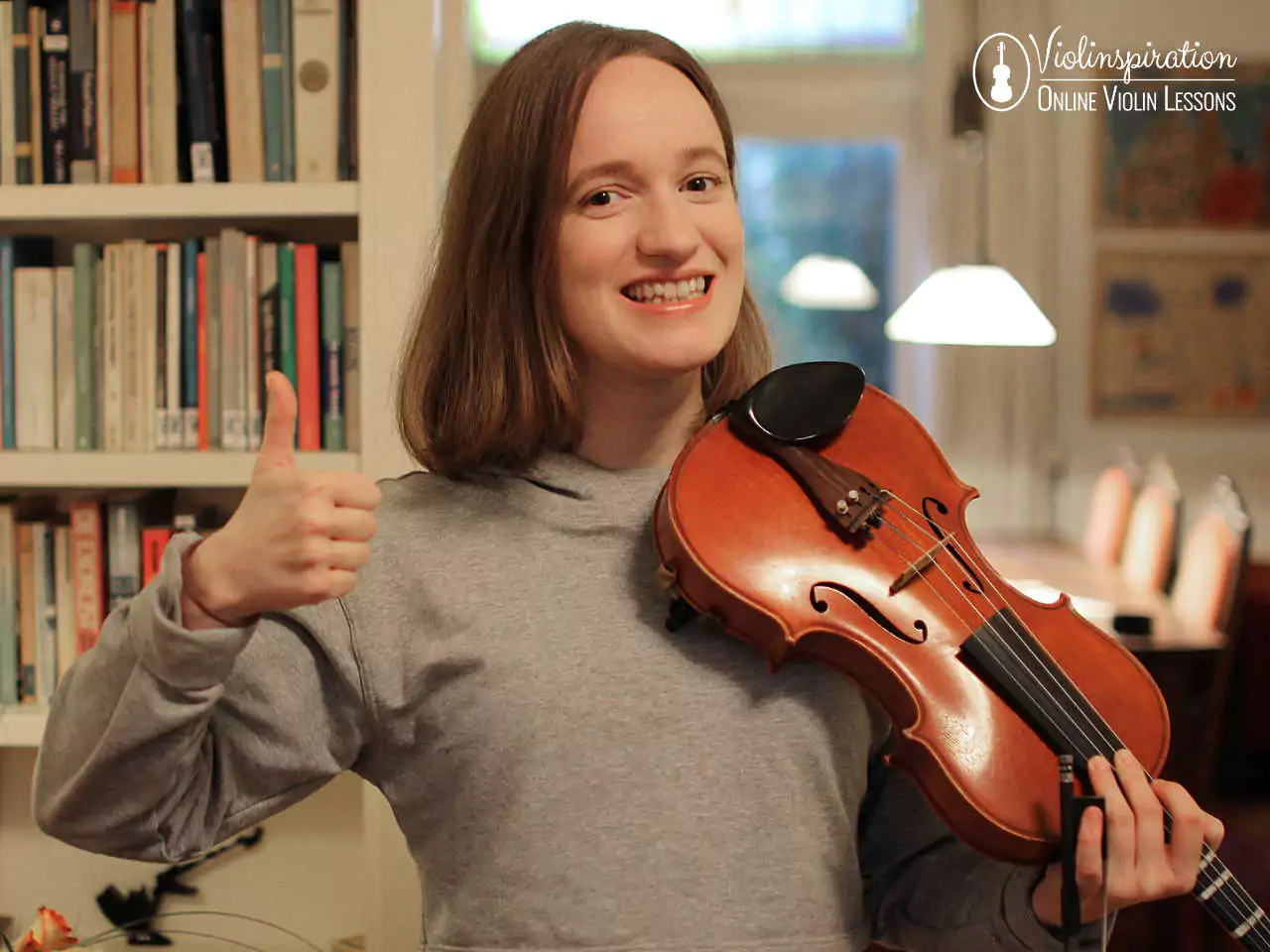
Begin experimenting with ricochet
First, try the bow stroke on just an open string, focusing on creating the stroke. No focus is needed on the left hand!
Once you’ve got the feeling down in your right arm, and you’re happy with the sound, try it on just one note. Work until you’re happy with this step.
Then, try it on a scale. Play 4 ricochet strokes for each note of the scale. Practice this step until it feels good, then try with any number of your choosing for each note of the scale.
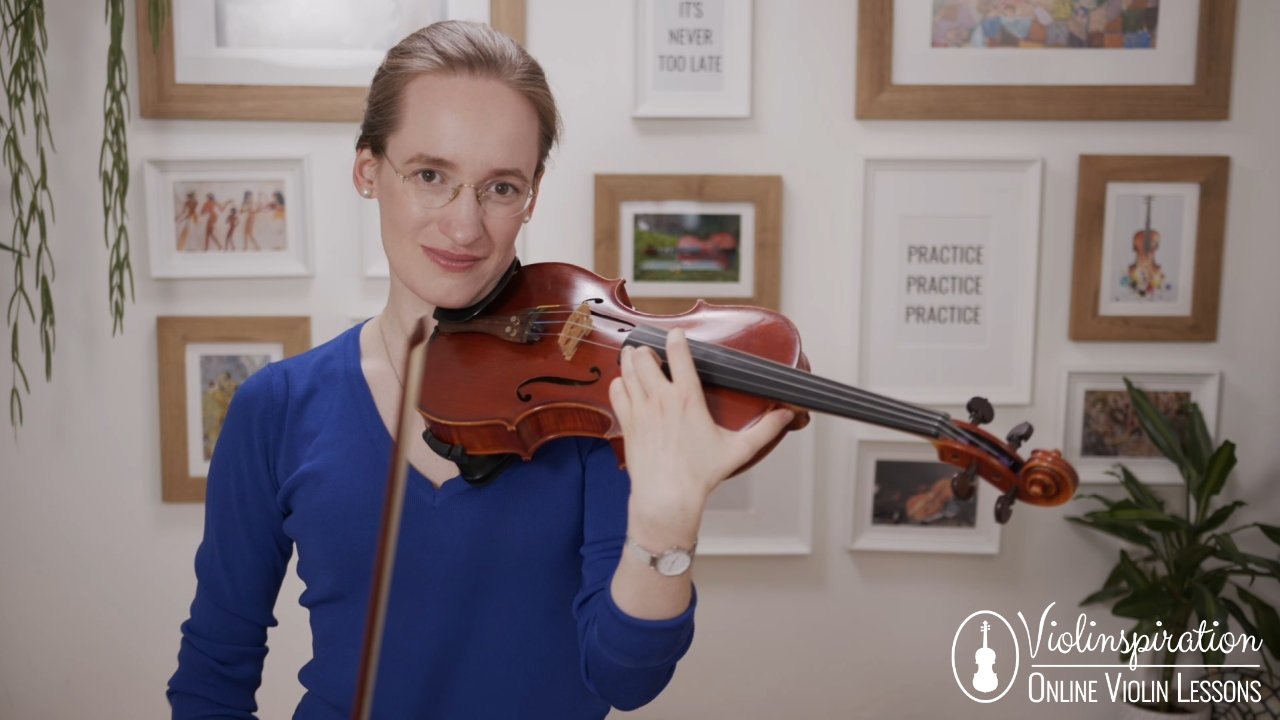
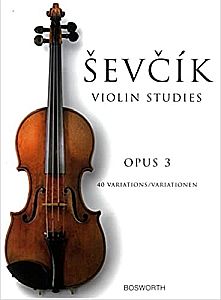
Sevcik – Violin Studies Op. 3 – 40 Variations
Free Violin Sheet Music
Other Types of Off-String Bow Strokes
There are a few different types of off-the-string bow strokes. Ricochet is actually one of the least-used one of them!
Others include:
These strokes all require bouncing the bow on and off the violin string to create specific articulations.
Check Out My Other Bow Stroke Tutorials
I have tutorials here on my blog for most violin bow strokes. Review your knowledge of detaché or martelé, or learn more about all bowing techniques here!























